DIY External Well Factor Solution for Bio-Rad iCycler, iQ, MyIQ Systems
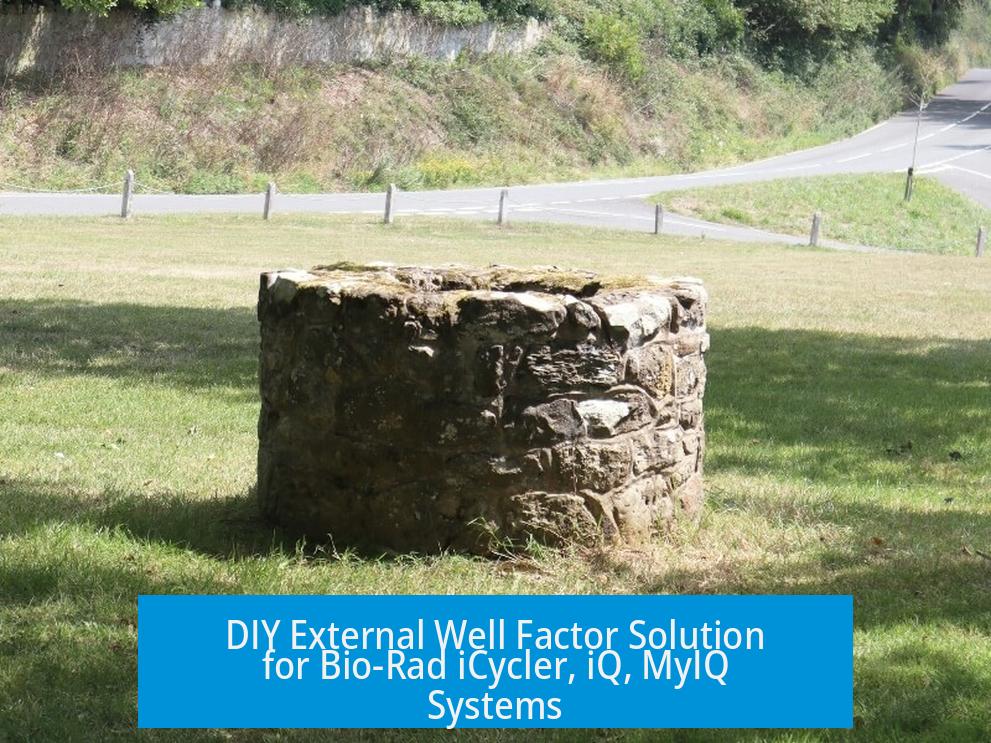
Yes, a DIY external well factor solution exists for Bio-Rad iCycler, iQ, and MyIQ real-time PCR systems. It involves spiking SYBR Green I master mixes with fluorescein at a final concentration of 10 nM to enable well factor collection directly from experimental plates.
Understanding External Well Factors in Real-Time PCR
External well factors correct for well-to-well fluorescence variability during PCR runs, enhancing data accuracy. Bio-Rad’s systems like iCycler, iQ, and MyIQ utilize these factors in their analysis software.
Collecting reliable well factors can be challenging when using DNA-binding dyes such as SYBR Green I. These dyes show low fluorescence at the denaturation temperature (95°C), preventing valid statistical calculation of well factors from the plate.
Bio-Rad’s Official DIY Approach
- Bio-Rad’s MyiQ manual outlines three methods to obtain well factors:
- Use iQ SYBR Green Supermix with built-in fluorescein.
- Use persistent pre-collected well factors.
- Add fluorescein to the master mix when using SYBR Green I manually.
The third option enables a DIY approach, avoiding the need for costly proprietary mixes.
Preparation of DIY Fluorescein-Spiked Solution
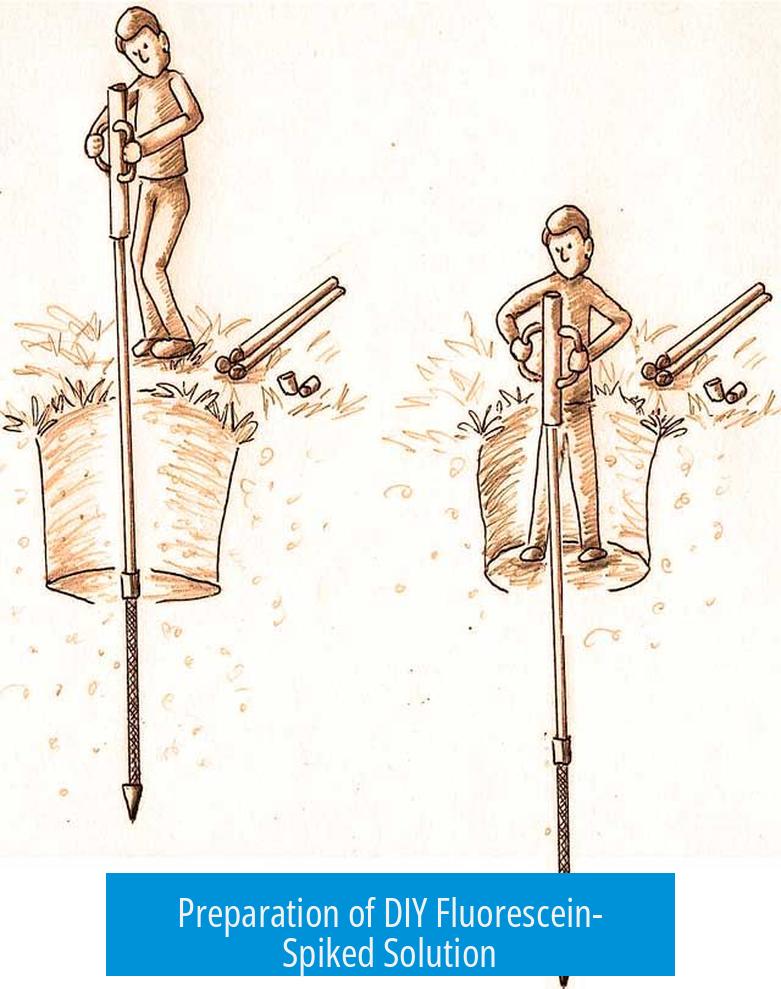
| Step | Description |
|---|---|
| 1 | Prepare 1 μM fluorescein solution by diluting 1 mM Fluorescein Calibration Dye 1:1000 in PCR buffer (10 mM Tris, pH 8.0; 50 mM KCl; 3 mM MgCl2). |
| 2 | Add 10 μL of this 1 μM fluorescein into 990 μL of PCR master mix. |
| 3 | The resulting mix contains 10 nM fluorescein, which enhances fluorescence signals during well factor collection at 95°C. |
This concentration does not interfere with PCR amplification. It enables software to collect statistically valid well factors using the experimental plate, improving fluorescence uniformity correction.
Community and Commercial Availability
No commercial third-party DIY external well factor solutions targeted to Bio-Rad systems are widely available. The protocol is primarily supported by Bio-Rad documentation and user adoption of this fluorescein spiking method.
Key Points
- DNA-binding dyes alone produce weak fluorescence during denaturation; fluorescein addition solves this.
- A 10 nM fluorescein concentration in master mix allows accurate external well factor collection.
- The method is cost-effective and supported by Bio-Rad’s official manuals.
- This approach works with in-house or commercial SYBR Green master mixes.
- No known off-the-shelf DIY alternative kits exist, making this protocol the practical DIY solution.
Has Anyone Made a DIY “External Well Factor Solution” for Bio-Rad iCycler, iQ, MyIQ Systems?

If you’re peering into the world of real-time PCR and wondering whether anyone’s concocted a DIY External Well Factor Solution for Bio-Rad iCycler, iQ, or MyIQ systems, the clear answer is: Yes, but not exactly a ready-made solution—Bio-Rad itself offers a DIY method to create one.
Let’s unpack why this matters and how you can craft your own well factor solution without emptying your lab’s wallet.
What Exactly Are “Well Factors” and Why DIY?
In real-time PCR, “well factors” correct for slight variations among wells in a thermocycler plate. This ensures fluorescence readings are consistent and reliable. However, not all PCR setups collect dynamic well factors well, especially when you’re working with DNA-binding dyes like SYBR® Green I.
Bio-Rad, the maker of iCycler, iQ, and MyIQ systems, provides a neat workaround. But many labs, strapped for cash and tired of premium prices, ask, “Can we make our own external well factor solution?”
It turns out, Bio-Rad does share a recipe for doing exactly that in its MyiQ thermocycler manual—proving even the corporate giants know some things are better DIY.
Why Are Well Factors Tricky with DNA-Binding Dyes?
DNA-binding dyes like SYBR Green I or ethidium bromide are clever little chemicals. They fluoresce only when bound to double-stranded DNA. Sounds perfect, right? Well, during PCR’s denaturation phase at 95°C, DNA melts apart. This causes the fluorescence to dip so low that measuring statistically valid well factors becomes impossible with the experimental plate alone.
This fluorescence drop is a headache. Without proper well factors, your quantitative PCR results may wobble, affecting accuracy.
The Official Bio-Rad Tricks: Solutions to the Fluorescence Dilemma
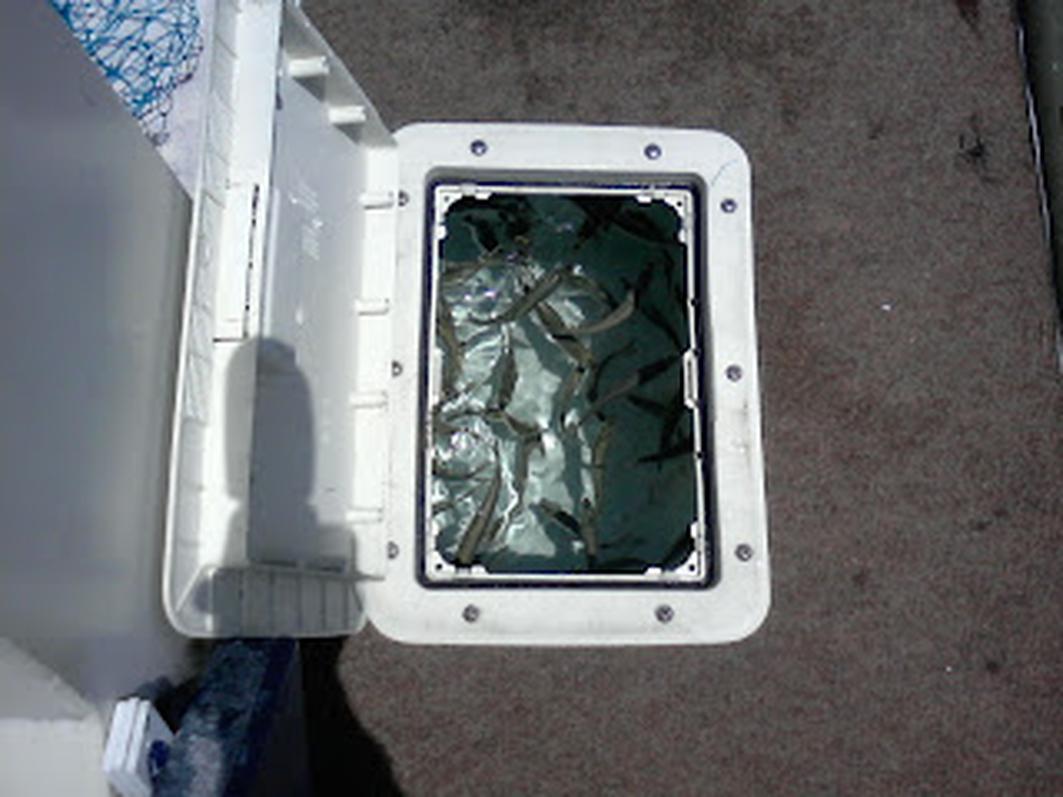
Bio-Rad offers three ways out of this pickle:
- Use iQTMSYBR® Green Supermix, which already contains fluorescein, a dye that keeps fluorescence stable even at high temps.
- Use Persistent Well Factors, pre-measured factors applied across runs.
- Spike Your Master Mix with Fluorescein, adding fluorescein directly to boost signal during denaturation.
#3 is the DIY-friendly hack, making it possible to work with your existing SYBR Green mix without buying pricey premixed solutions.
The DIY Fluorescein-Boosted Well Factor Solution: How To Make It
Bio-Rad’s own manual spells out this recipe. You start with a stock fluorescein dye and carefully dilute it to reach an effective concentration of 10 nM in your PCR master mix. Here’s the exact process:
- First, prepare a 1 μM fluorescein solution by diluting a 1 mM stock 1:1000 in PCR buffer (a simple mix of 10 mM Tris pH 8.0, 50 mM KCl, and 3 mM MgCl2).
- Then, add 10 μL of this 1 μM fluorescein solution to 990 μL of your master mix. This yields 10 nM fluorescein final concentration.
And voilà—you’ve engineered your own external well factor solution!
With this fluorescein-spiked master mix, you can collect valid well factors directly from your experimental plate, making your PCR reactions more accurate without the price tag that corporate solutions demand.
Why Would You DIY This?
Here’s some inside lab wisdom: DIY solutions often spring from budget constraints—and a dash of rebellious spirit. One former lab analyst remarks that poor results sometimes come from homemade reagents. They’d grumble, pay up 10x more for commercial stuff, and swear they’d try DIY less often—until necessity calls again.
But the fluorescein well factor method is different. It’s scientifically documented and trusted enough to be in the official manual. You’re not reinventing the wheel; you’re just tweaking it yourself.
Practical Tips for Success
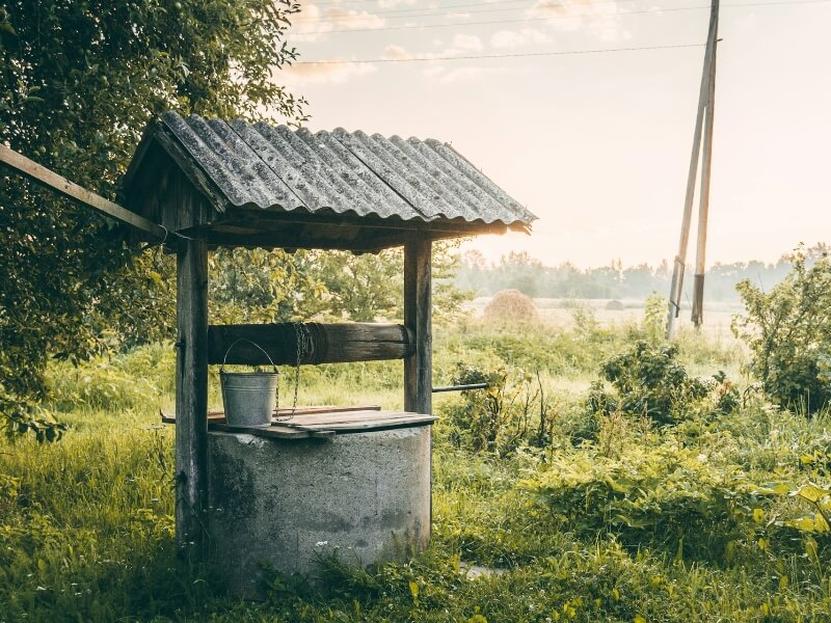
- Use appropriate dilution techniques. Pipetting tiny volumes demands precision; practice makes perfect.
- Maintain clean buffers. PCR buffer must be fresh and uncontaminated to prevent interference.
- Validate your DIY solution. Run control plates comparing commercial and homemade fluorescein mixes to assess performance.
- Always check fluorescein stock stability. Prolonged storage can degrade fluorescence.
Trust, but verify—DIY solutions shine brightest when paired with careful validation.
Has Anyone Else Tried This?
From extensive searches and chatter across forums, it seems no popular “ready-made” DIY external well factor solutions flood the market. Most labs either buy Bio-Rad’s fluorescein-containing mixes or follow their DIY spike method.
So, if you’re hunting for a community-curated “external well factor solution,” you might come up dry.
Yet, Bio-Rad’s documented DIY fluorescein spike is effectively your homemade external well factor solution—a neat hack endorsed by the very company that sells the expensive premixes!
Wrapping Up with Some Food for Thought
So, has anyone made a DIY “External Well Factor Solution” for Bio-Rad iCycler, iQ, MyIQ systems? The best answer is Bio-Rad has already done it for you. Their manual provides a clear, reliable recipe to spike your master mix with fluorescein, letting you sidestep pricey alternatives.
Why not give it a try? You might just discover the satisfying joy of making your own solutions, tweaking your PCR precision, and feeling like a molecular DIY wizard.
And if you do create your own well factor solution, don’t forget to share your findings—you may spark the next wave of community-driven lab hacks!
Quick Recap
| Topic | Details |
|---|---|
| Fluorescence issue with DNA dyes | DNA melts at 95°C; fluorescence drops, complicating well factor calculation. |
| Bio-Rad’s solutions | Use fluorescein-containing supermix or spike fluorescein in your master mix (DIY option). |
| DIY recipe | Make 1 μM fluorescein by 1:1000 dilution; add 10 μL to 990 μL master mix for 10 nM final. |
| Community solutions | No widespread third-party external well factor solutions, but Bio-Rad’s manual offers a practical DIY method. |
Ready to DIY? Grab your pipettes, prepare your fluorescein, and join the ranks of savvy PCR aficionados who’ve learned to hack the system without breaking the bank.
Is there a DIY method to create an External Well Factor Solution for Bio-Rad iCycler, iQ, or MyIQ systems?
Yes. Bio-Rad documents a DIY approach by adding fluorescein to SYBR Green I master mixes. This enables well factor collection from experimental plates without buying proprietary mixes.
What concentration of fluorescein is needed to prepare a DIY well factor solution?
The final fluorescein concentration should be 10 nM in the PCR master mix. This concentration allows sufficient fluorescence for accurate well factor calculation at 95°C.
How is the fluorescein stock solution prepared for this DIY method?
Start with a 1 mM fluorescein stock. Dilute it 1:1000 in PCR buffer to make a 1 µM solution. Then add 10 µl of this 1 µM fluorescein to 990 µl of master mix for a 10 nM final concentration.
Are there community-made or third-party DIY external well factor solutions available online?
No direct third-party or community-made commercial DIY solutions are available. The Bio-Rad manual remains the primary source for the DIY fluorescein-spiked method.
Why is adding fluorescein necessary for collecting well factors with SYBR Green I?
SYBR Green I fluorescence drops when DNA is denatured, making dynamic well factor collection unreliable. Adding fluorescein provides stable fluorescence at high temperatures during PCR cycles, enabling accurate well factor measurement.


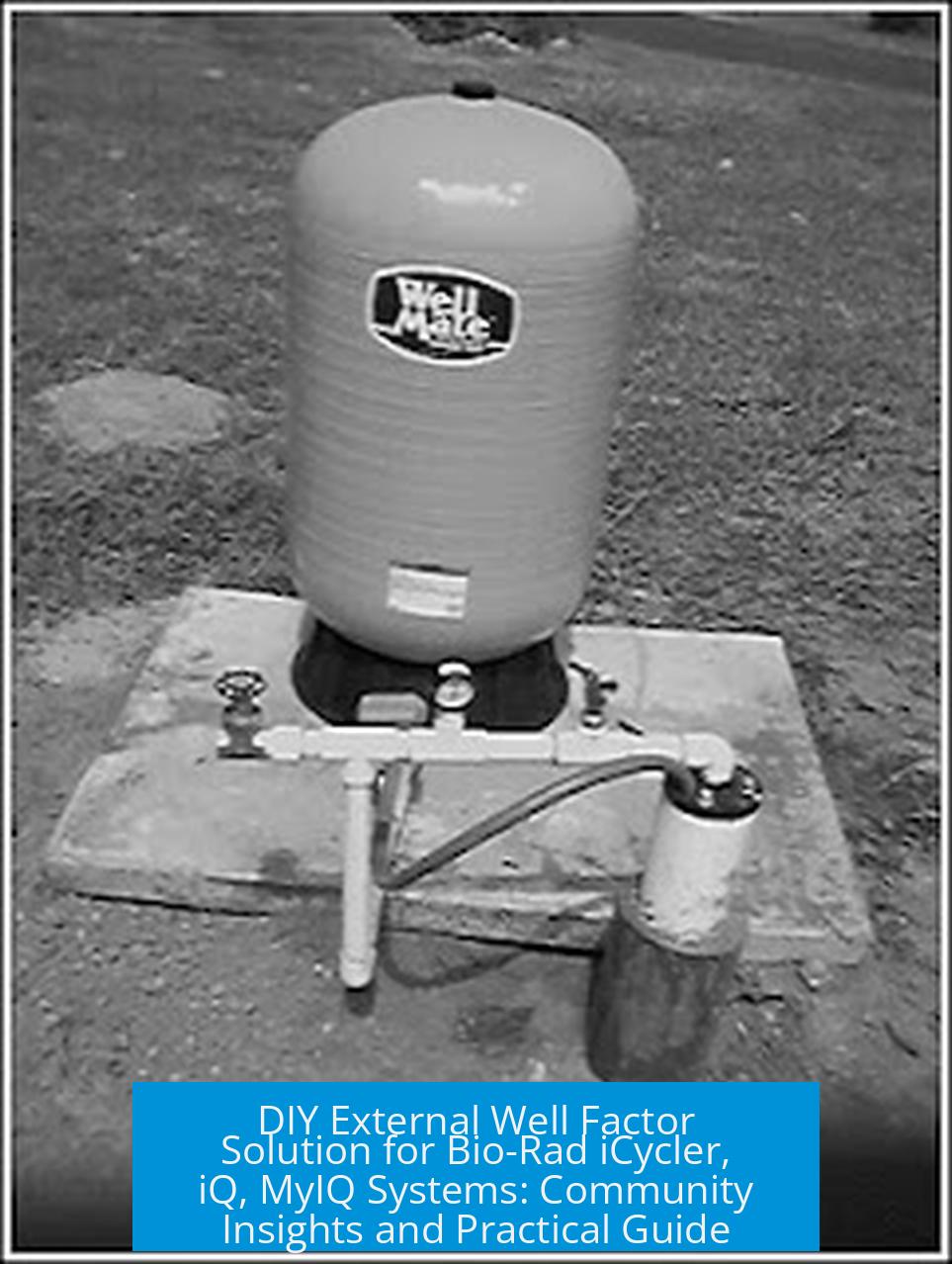
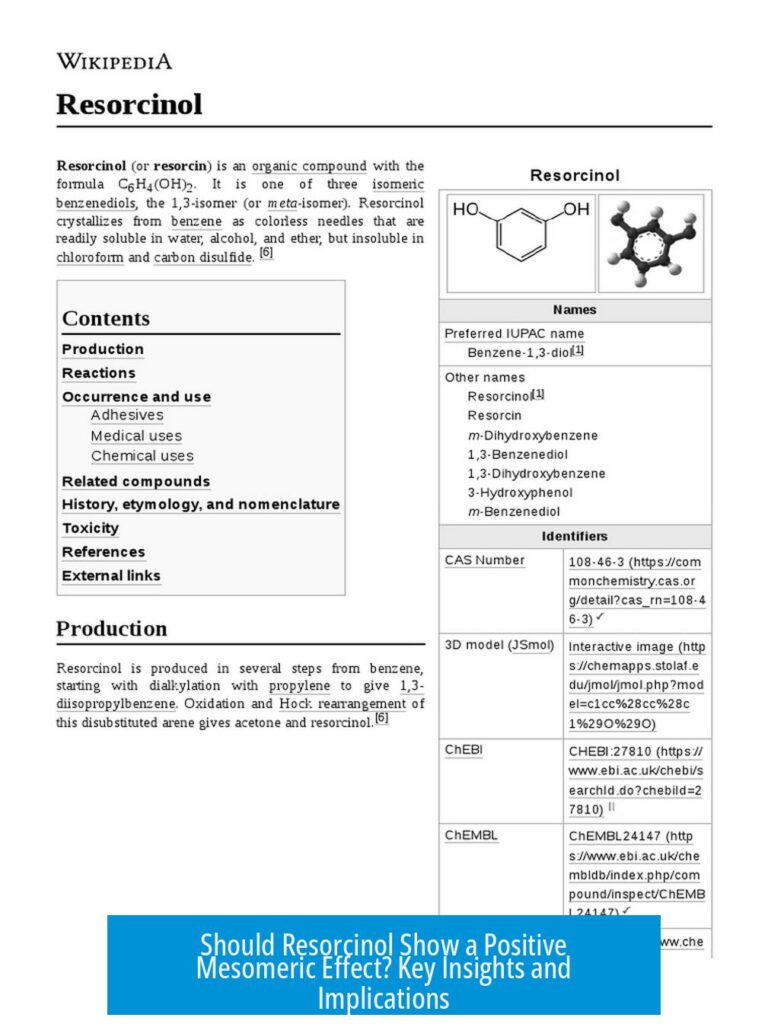
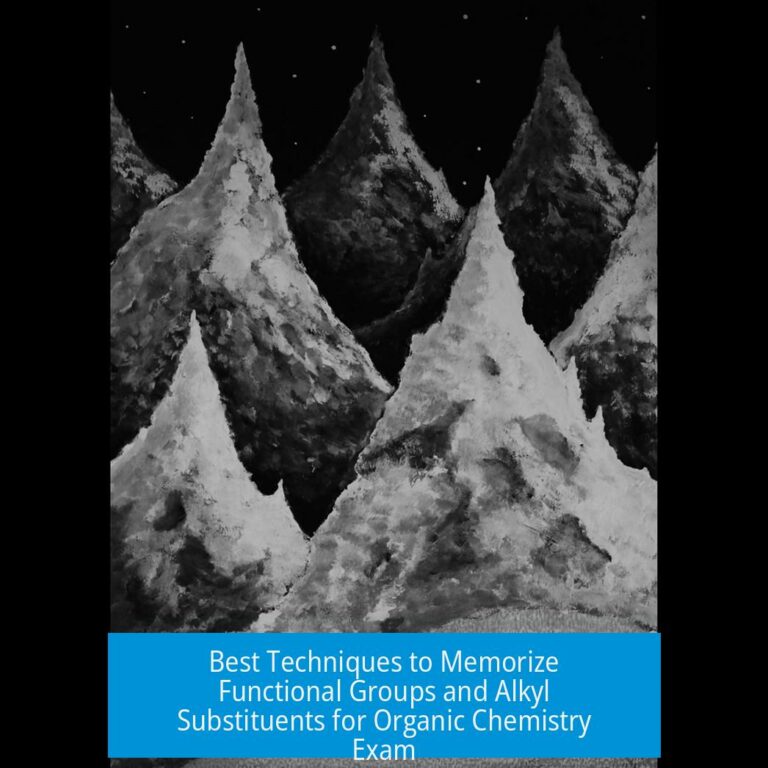
Leave a Comment